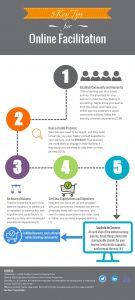For the theory that underpins my research, I am leaning toward constructivist learning theory, but have also considered transformational leadership theory. So for context here is my research question framework thus far:
- How might digital learning pedagogy drive curricular change in a way that aligns with student centred learning?
- What factors might be taken into consideration when gauging the impact of digital pedagogy?
- In what ways might teachers be engaged to support digital learning pedagogy?
- What strategies might be used to allow digital pedagogy to evolve to respond to future shifts?
For the actual pedagogical aspects of how learning will change with a modernised curriculum that focuses on digital and student centred learning, constructivist learning theory seems to make sense. However, the actual achieving change within a curriculum in any direction, may suggest framing the research with transformational leadership theory.
I am definitely more comfortable with my constructivist learning theory knowledge, which involves students making meaning from the materials they are presented, and driving their learning as the focus of this learning. My knowledge of the transformational leadership theory consists mostly of cursary knowledge based on some initial article skimming. Having not focussed on this theory at all in my professional or academic life, it would be the steeper learning curve, but I am not daunted by this if it is the proper choice. My understanding of this theory is that it is focuses on a leader trying to identify stakeholder needs in managing change, and then motivate his/her team to achieve certain goals. The theory, I think, is built around the motivational tactics that are necessary to achieve these goals.
Given that bringing digital and student centred learning into a changing curriculum this theory would seem to be apt for my cause, but given my current sub-questions focussing more on the pedagogy behind the curricular change might be the right choice. But, I would sure love some more enlightened opinions!!!

